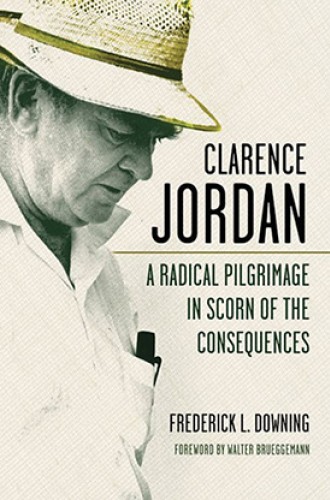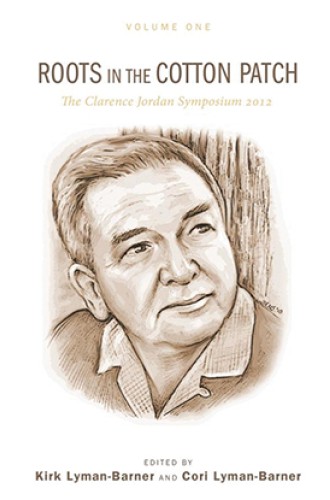Clarence Jordan's radical experiment in following Jesus
What makes a person able to see evil and stand against it without fear?
As parishioners gathered outside Rehoboth Baptist Church in Americus, Georgia, on a Sunday in August 1950, there was tension in the air. Someone from Clarence Jordan’s Koinonia Farm, just down the road, had brought a visitor to church—an Indian Hindu named R. C. Sharma. The problem was not that Sharma was a Hindu but that he had dark skin.
That night the congregation voted to expel Clarence and his wife, Florence, and all other members of Koinonia. The congregation’s official complaint, reports Frederick L. Downing, was that Jordan and friends had “brought people of other races into the services of Rehoboth Baptist Church, and . . . done this with the knowledge that such practices were not in accord with the practices of other members.”
Former president Jimmy Carter tells a related story about Jordan in Roots in the Cotton Patch, a collection of talks given at the 2012 Clarence Jordan Symposium:







